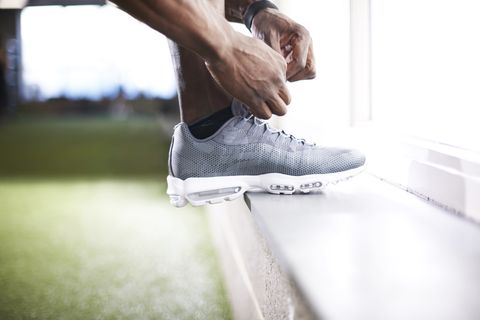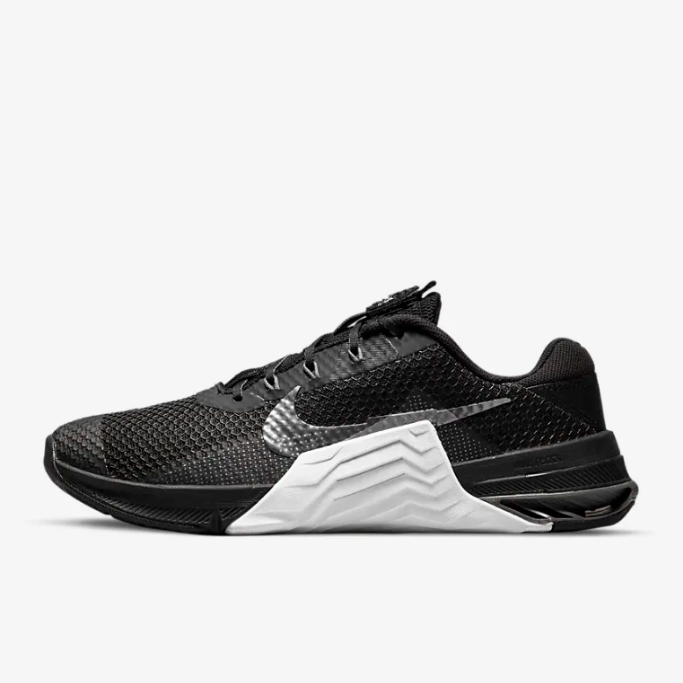
You can build your chest muscles at home with a variety of chest exercises. You can do Pushups or Dips as well as EMOMs. Others require machines or other equipment and are more intense. These chest exercises can be done at home and will help you get bigger chest muscles.
Bodyweight exercises
You can get many benefits from doing bodyweight exercises to strengthen your chest muscles. First, they can help build a toned, muscular chest. They also increase core strength. Depending on the exercise, you could train your chest up three times per week. You can alternate between chest exercises and back exercises, or you can include cardio in your exercise routines.

Pushups
Pushups make a great chest exercise. You can do them at your home or with help from a trainer. But, you need to be able to correctly form the pushups. If you don't use your proper form, you'll end up putting too much pressure on your chest. Also, you should inhale while you lower your body and inhale when you lift it. If you're unsure, work with a trainer to improve your technique.
Dips
Dips are a simple and effective way to build chest muscle. There are many types of dips and each one has its own instructions. Regardless the variation in the movements, there is a general technique that works: keep your forearms vertical and squat slightly forward while going down. Also, remember not to look straight ahead - your eyes should stay on the floor in front of your torso.
EMOMs
EMOMs allow you to work out your chest muscles at home. EMOMs allow you to adjust the workout to your level of fitness or to adapt it to your life. You can change the reps, increase weight or speed to reach your goals.
Reverse crunch
There are several benefits of reverse crunch chest exercises. This exercise is great for the core, and requires controlled movement. It is important to do the exercise slowly, carefully, and with care to avoid injury. Only the hips and tailbone should be lifted off the ground during the upward phase. You should ensure that your spine and lower back are protected by tightening your core and abdominal muscles while doing this exercise. You can also use a medicine bowl to help you build muscle.

Abs workout at home
You can combine abs and chest exercises to create an excellent Abs workout at home. You can use dumbbells or weight plates to hold the dumbbells or weight plates across your chest and raise your torso. To ensure that your abdominal muscles are engaged for each rep, elevate your legs at a 90 degree angle.
FAQ
Can I have alcohol at work?
Consuming large quantities of alcohol can cause you to gain weight. A moderate amount of alcohol, one drink per day, may be beneficial for endurance during exercise. It may also reduce fatigue and muscle aches caused by intense exercise.
What are Cardio Exercises and How Do They Work?
Cardiovascular exercises are those that require your heart and lungs to work harder than normal. You can do this by running, swimming, biking, rowing and bicycling. These activities can help you lose weight and speed up your metabolism. These activities can help you keep fit and strengthen your heart.
Can exercise help me lose weight?
Yes. Regular exercise can help you shed extra calories and lose weight. Regular exercise can help you burn calories even when your metabolism is not high.
Can I exercise after eating?
It depends on the exercise you do. Avoid strenuous exercises after meals. It could cause stomach cramps. Focus on light aerobic activities such as biking or brisk walking.
Are there any exercise I shouldn’t do?
Before starting any new exercise program, you should consult your doctor. Some people have injuries or medical conditions that prevent them from doing certain types of exercise. Some activities also require special equipment. For example, swimming requires a swimsuit and pool access.
Do I need warmth before I exercise?
Warming up before you start an activity will reduce muscle soreness. Warming up can be done in many ways: running, walking, jumping ropes, stretching and cycling are all options. You should start slow and gradually increase your speed and intensity.
Statistics
- Globally, 28% of adults aged 18 and over were not active enough in 2016 (men 23% and women 32%). (who.int)
- In 2018, the World Health Assembly agreed on a global target to reduce physical inactivity by 15% by 2030 and align with the Sustainable Development Goals. (who.int)
- One study showed that adults who watch more than 4 hours of television daily had an 80% higher risk of death from cardiovascular disease. (heart.org)
- Adolescent girls were less active than adolescent boys, with 85% vs. 78% not meeting WHO recommendations of at least 60 minutes of moderate to vigorous intensity physical activity per day. (who.int)
External Links
How To
How to motivate you to exercise regularly
A fitness regimen is a sequence of exercises that is performed consistently over a certain time. It helps people build muscle mass and tone their bodies. Regular exercise improves cardiovascular health, blood pressure, cholesterol, risk of heart disease, stroke, diabetes, anxiety, stress and obesity, as well as other diseases like depression, anxiety and osteoporosis. In addition to these psychological benefits, regular exercise also provides psychological benefits like self esteem, confidence and mood, energy level, sleep quality and social interactions.
Why do you want to follow your own fitness routine?
You can lose weight and improve your health by following a workout routine. What makes a fitness routine so important? Let's find it out!
What does it mean to follow a fitness routine?
It's about engaging in at least three physical activities per week. This doesn't mean you have to do it for hours. Just 30 minutes can burn calories and keep your body healthy. It doesn't matter how long you do it for, the most important thing is to stick with your plan. If you miss a day here and there, don't worry--just pick up where you left off next time.
How much time should I dedicate to my health and fitness?
It all depends on how busy your schedule is. For moderate exercise, it takes 20-30 minutes. However, if you're new to exercising, try starting slowly with five or 10 minutes first. Gradually increase the time until you feel comfortable.